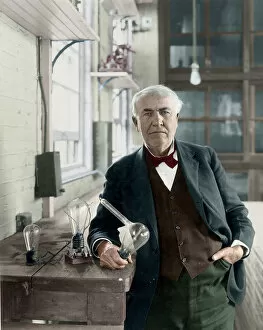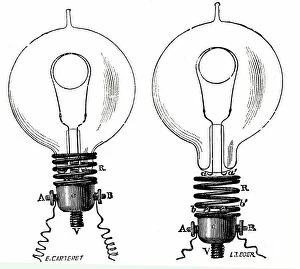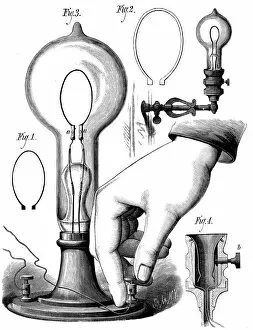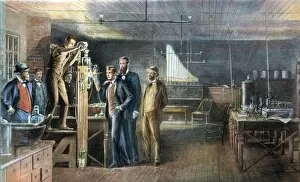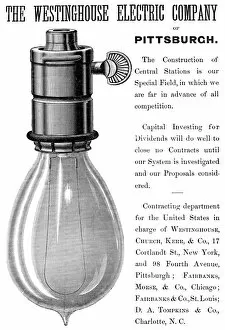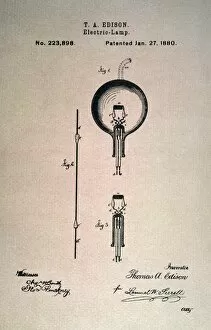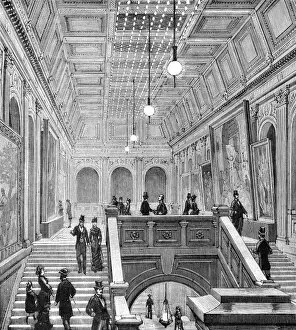Carbon Filament Collection
"Shining a Light on Innovation: The Carbon Filament Revolution" In the late 19th century, Thomas Edison
All Professionally Made to Order for Quick Shipping
"Shining a Light on Innovation: The Carbon Filament Revolution" In the late 19th century, Thomas Edison, an American inventor known for his groundbreaking contributions to technology, embarked on a journey that would forever change the way we illuminate our world. With his relentless pursuit of innovation and countless hours of experimentation, Edison introduced the carbon filament – a pivotal advancement in incandescent lighting. Edison's tireless efforts paid off when he unveiled his revolutionary invention in 1880 – the carbon filament lamp. This remarkable creation marked a significant leap forward from previous attempts at electric lighting. By utilizing carbonized bamboo fibers as filaments, Edison was able to achieve longer-lasting and more efficient light sources. The significance of this breakthrough became evident with each subsequent development. In 1883, Edison showcased various forms of carbon filaments that further enhanced durability and brightness in incandescent lamps. His ingenuity continued to shine through as he tested the first successful incandescent bulb in 1879, paving the way for widespread adoption of electric lighting. As demand for electricity grew rapidly during this era, power stations emerged across America to meet these needs. Westinghouse Electric Power Station played a crucial role by providing reliable energy supply through their automatic engines – an achievement proudly advertised in newspapers throughout 1886. Wood engravings from this period depict the iconic image of an Edison incandescent lightbulb illuminating homes and streets alike. These illustrations capture not only the physical appearance but also symbolize progress and enlightenment brought about by technological advancements pioneered by visionaries like Thomas Edison. Today, we can still appreciate how far we have come since those early days thanks to innovations like carbon filaments. They continue to serve as essential components within modern-day light bulbs while reminding us of our rich history rooted in human curiosity and determination. Thomas Edison's legacy lives on through every flicker emitted by these humble yet transformative strands of carbon filament.

